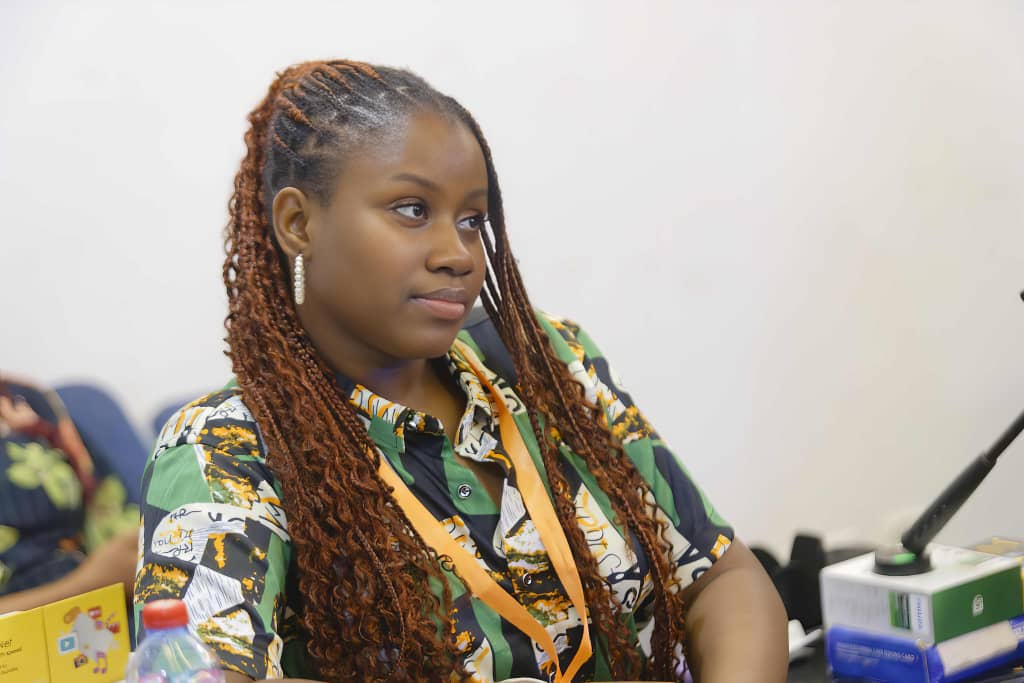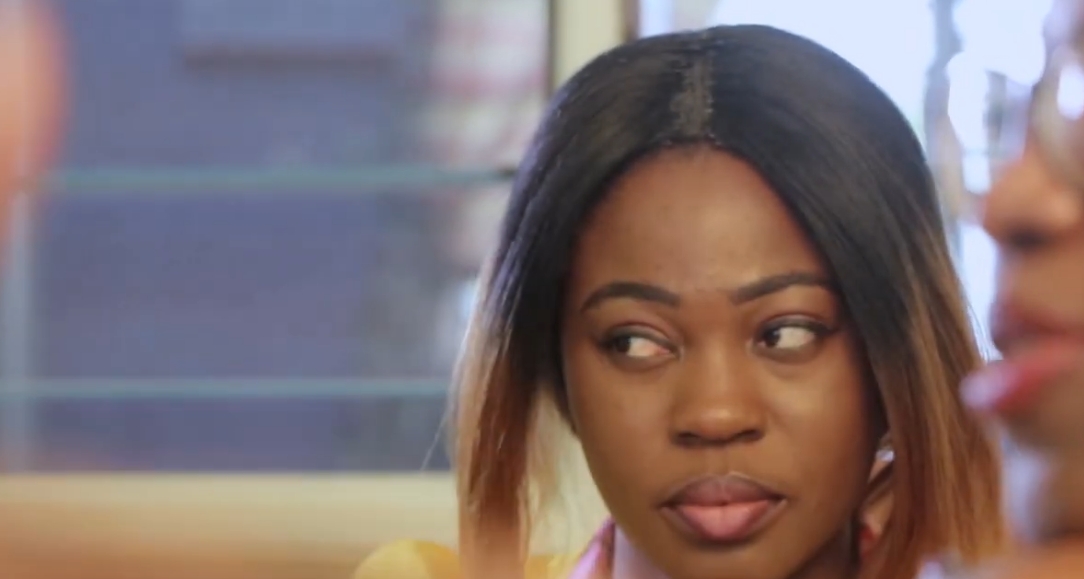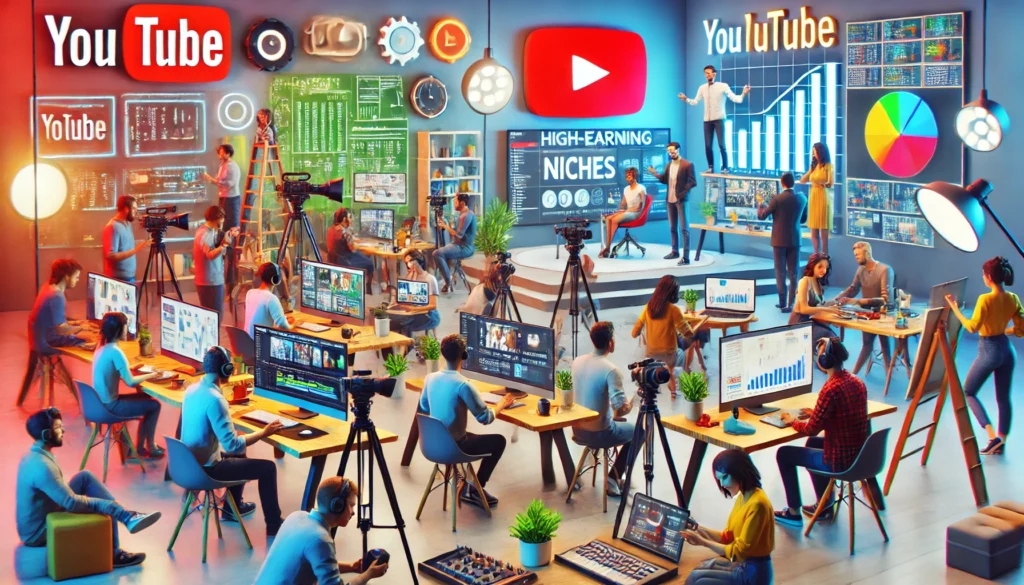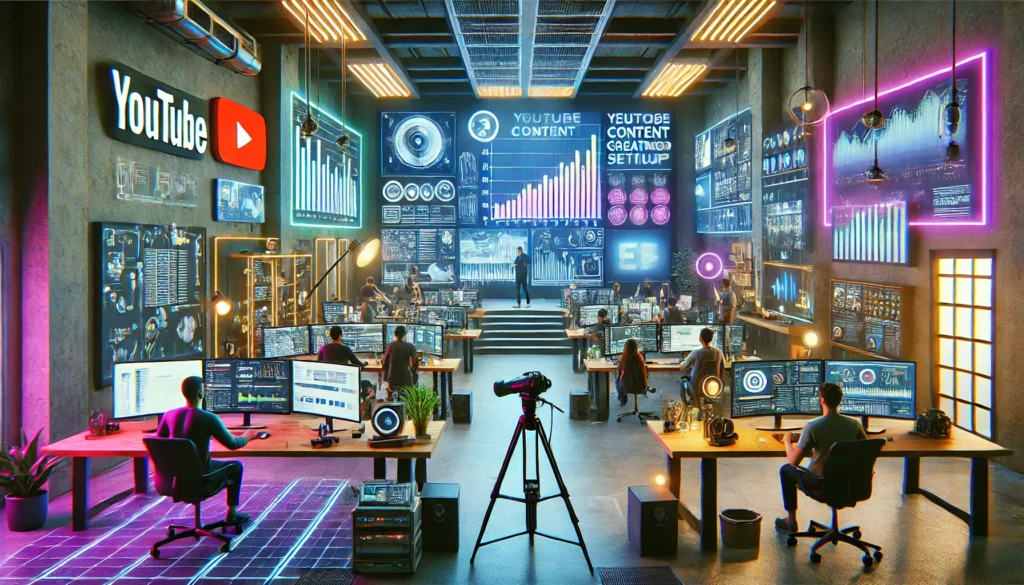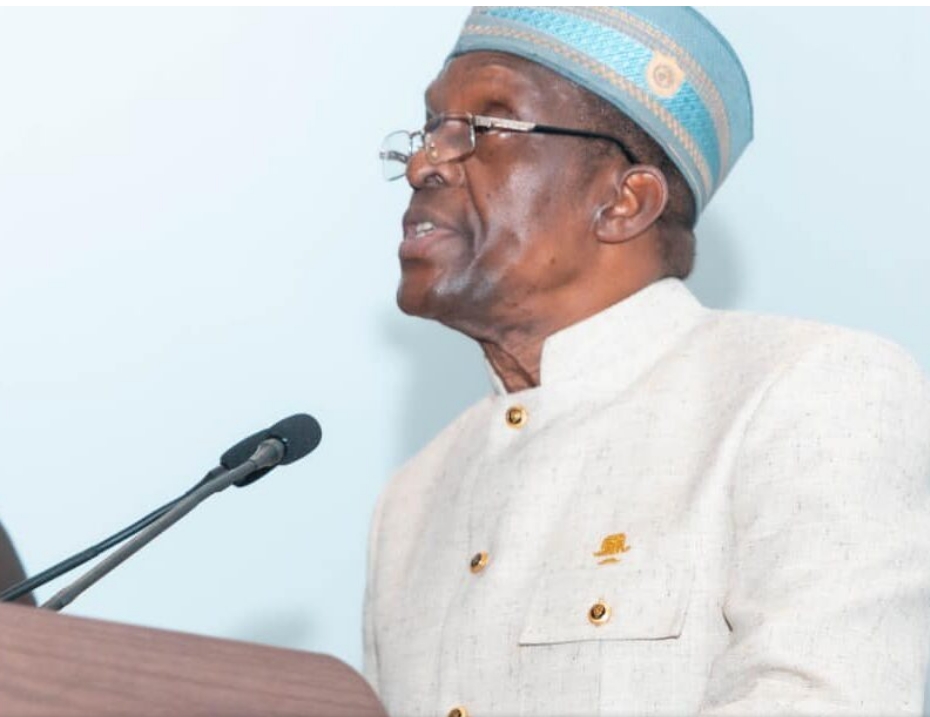Improving video watch time and viewer retention is crucial for success on YouTube.
In the competitive world of YouTube, the metrics of watch time and viewer retention are critical for success. These two factors not only determine how engaging your content is but also heavily influence YouTube’s algorithm in deciding which videos to promote. The platform prioritizes videos that keep viewers engaged, which makes mastering specific SEO strategies essential for any creator aiming to grow their audience. Improving these metrics requires a combination of creative content planning, technical optimization, and audience-focused strategies.
One of the most effective ways to attract viewers and encourage them to stay is by creating compelling titles and thumbnails. These are the first elements viewers see, and they play a decisive role in whether someone clicks on your video. To improve click-through rates (CTR), titles should include relevant keywords while remaining intriguing. For example, incorporating numbers, questions, or power words like “ultimate” or “proven” can grab attention. Thumbnails, on the other hand, need to stand out visually, with bold text, bright colors, and minimal clutter. A well-designed thumbnail can convey the essence of your video at a glance, drawing in viewers who are scrolling through endless content.
Optimizing your video description is another key element in YouTube SEO. A clear and concise description helps the platform understand your content, making it more likely to appear in search results and suggested sections. Using your primary keyword naturally within the first two sentences is vital, as this improves the video’s discoverability. Additionally, a detailed summary of your content sets accurate expectations for viewers, which can improve retention. Including timestamps in the description offers an added benefit, as it allows viewers to navigate directly to sections that interest them. This small feature can significantly boost retention rates, particularly for longer videos. Furthermore, adding links to related videos, playlists, and external resources can encourage viewers to engage with your broader content ecosystem.
Equally important is the opening of your video, often referred to as the “hook.” The first 15 seconds of your video are crucial in capturing attention. If a viewer feels engaged during this short window, they are more likely to watch the video through to the end. Jumping straight into the value or purpose of the video ensures you make the most of this opportunity. Using intriguing visuals, engaging questions, or a quick preview of what’s to come can keep viewers intrigued. Avoid long, unnecessary introductions, as these often lead to early drop-offs.
Keywords remain a cornerstone of YouTube SEO, helping your video rank higher in search results. By strategically incorporating keywords into your video title, description, and tags, you make your content more discoverable to your target audience. Additionally, using Latent Semantic Indexing (LSI) keywords—phrases closely related to your primary keyword—further enhances YouTube’s understanding of your video. For instance, a video on “how to bake a cake” might benefit from LSI keywords like “cake decorating tips” or “simple baking recipes.” Long-tail keywords, which mirror specific viewer queries, are especially effective in drawing targeted traffic.
Playlists offer another powerful way to improve watch time. By grouping related videos into thematic playlists, you encourage viewers to watch multiple videos in a single session. This binge-watching effect can substantially increase your channel’s overall watch time. When creating playlists, optimize their titles and descriptions with keywords to ensure they are discoverable. Series playlists, which present content in a logical sequence, are particularly effective for topics that require step-by-step guidance or storytelling.
An increasingly popular strategy to enhance viewer retention is the use of chapters and timestamps within videos. These features break your content into easily navigable sections, allowing viewers to jump directly to parts they find most relevant. This not only improves accessibility but also encourages viewers to stay engaged longer, as they don’t have to search manually for the information they need. Clearly labeled chapters, both in the video and the description, are essential for maximizing this feature’s potential.
Engagement plays a significant role in retention and overall video performance. YouTube’s algorithm rewards videos that elicit likes, comments, and shares, as these signals indicate high viewer satisfaction. To boost engagement, ask viewers questions or encourage them to comment on a specific topic related to the video. A call-to-action (CTA) at the end of your video can prompt viewers to like or share your content. Using polls or community posts to involve your audience in content decisions is another way to foster a loyal and interactive viewer base.
While content quality is vital, the video’s length also impacts retention. Longer videos, when executed well, often perform better in terms of watch time because they provide more value. Aim for videos that are between seven to fifteen minutes long, ensuring that every second contributes meaningfully to the topic. At the same time, maintaining high production quality with clear visuals and crisp audio is non-negotiable. Viewers are more likely to abandon poorly edited or low-quality videos, regardless of the content’s value.
YouTube also provides tools like end screens and cards to guide viewers toward more content. End screens can promote other videos or playlists, while cards can be strategically placed during natural pauses in the video to suggest related content. These features keep viewers within your channel, increasing overall watch time. To maximize their effectiveness, ensure the suggested videos or playlists align with the viewer’s interests or the topic of the current video.
Understanding your audience’s behavior is equally critical. YouTube Analytics offers valuable insights into retention trends, showing which parts of your video hold attention and where viewers tend to drop off. By analyzing this data, you can identify areas for improvement, such as pacing, editing, or content structure. Replicating successful elements from top-performing videos can also help maintain or improve engagement across your channel.
Another often overlooked strategy is creating custom closed captions. Subtitles make your content accessible to a global audience, including non-native speakers and those with hearing impairments. Additionally, YouTube indexes captions as text, enhancing your video’s SEO. Translating captions into multiple languages can further expand your reach and retention among diverse audiences.
Promoting videos effectively ensures that your hard work gets noticed. Sharing your content on social media platforms with compelling captions can drive external traffic to your videos. Embedding videos in blog posts or on websites is another way to reach audiences outside of YouTube. Collaborating with other creators also helps introduce your content to new viewers, fostering growth and improving watch time.
Consistency in uploads builds trust and anticipation among viewers. Sticking to a regular posting schedule lets your audience know when to expect new content, encouraging them to return to your channel. Notifying viewers about upcoming content through community posts or teasers keeps them engaged between uploads.
Lastly, optimizing for mobile viewers is essential, given that a significant portion of YouTube traffic comes from mobile devices. Using bold text and clear visuals ensures that thumbnails and videos are easily viewed on smaller screens. Subtitles should be legible on mobile, and the pacing of videos should cater to the shorter attention spans of mobile audiences.
In conclusion, improving watch time and viewer retention on YouTube is a multi-faceted process that requires attention to both content creation and optimization strategies. By focusing on compelling titles and thumbnails, leveraging keywords, using playlists and chapters, and consistently engaging your audience, creators can significantly enhance their performance. As the platform continues to evolve, staying adaptable and audience-focused remains the key to long-term success.

